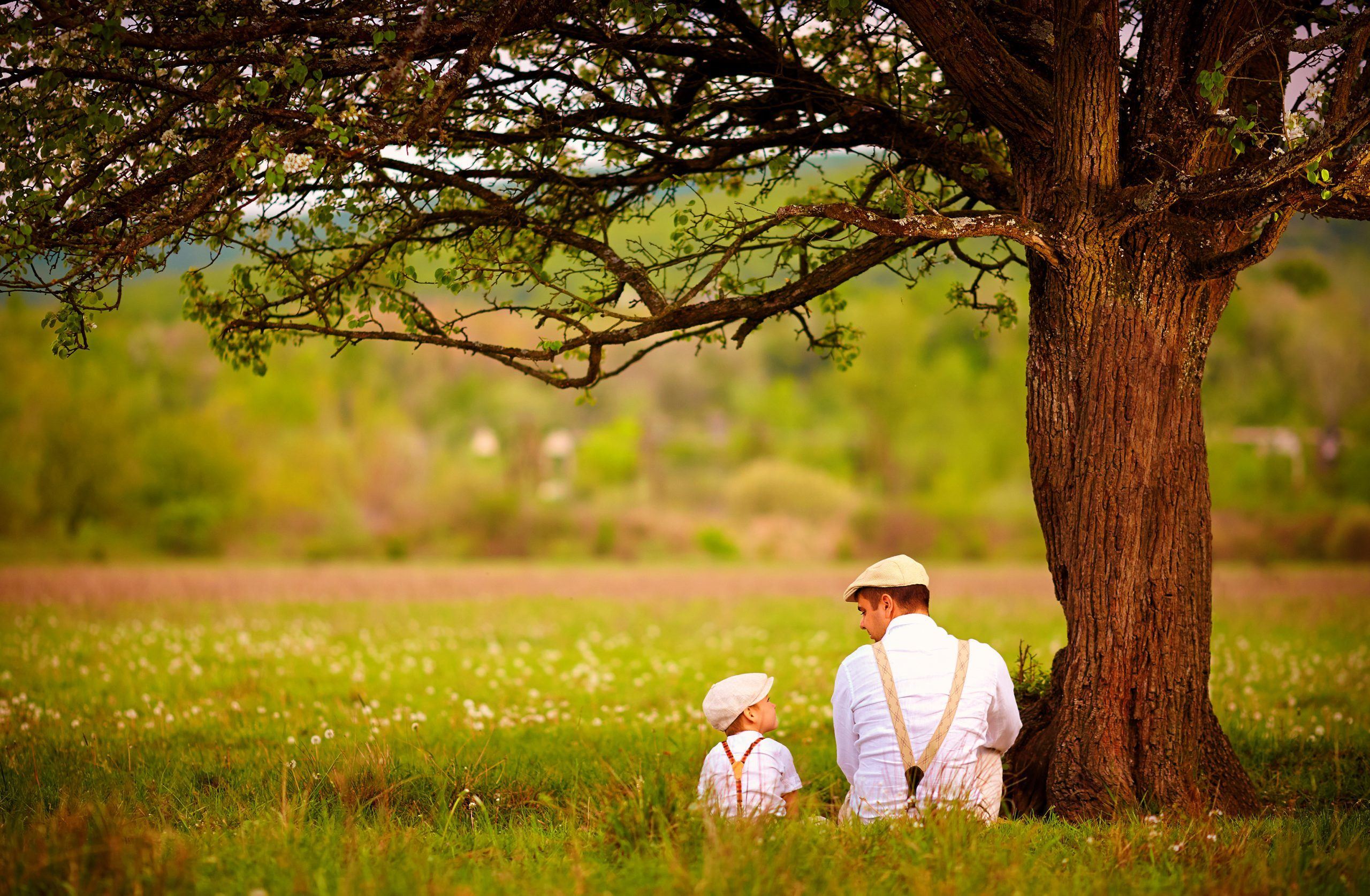Address Problems Early: Tree Metaphor
My backyard is heavily wooded, and over the years I’ve removed many of the trees for a variety of reasons—usually for what is called trunk rot, or heart rot, or base rot, where fungus eats away at the core of the trunk and eventually kills the tree.
Trunk rot can be very sneaky. A 200-year-old tree can look completely normal—no dead branches, all the leaves normal in size and color—but still be severely infected and weakened. Even if the tree doesn’t die, the heart of a hardwood is the greatest source of its strength, so a normal-looking tree can be to the point that a strong wind can snap the tree off at the base.
When I discover a tree affected by base rot, why do I cut it down? Because if such a tree is near a building, its natural fall can crush the building to splinters. Or it can fall in a direction where it could wipe out a number of healthy and attractive trees, significantly affecting the beauty of the forest in that spot. Or it could fall on a person walking in the woods, although the odds of such an occurrence are small.
To prevent such problems, periodically I inspect the base of the larger trees on the property, looking for unhealthy patches on the bark, or cracks in the bark, or small openings indicate underlying sections of rotten wood.
About a month ago, I inspected a tree near the house, which I had not sufficiently examined for some time because of the ivy growing up the sides and obscuring the base of the trunk. After clearing away the ivy, I found a small, dark brown opening at the base of the tree.
It wasn’t obvious, but I knew what it was. With simple tools, I scraped away the rotten wood and discovered that the inner 60% of the trunk was completely rotted. With more tools I found that the rot extended upward from the base for nearly seven feet.
The danger of this 90-foot tree falling in a gust of wind was fairly high, and it was likely to fall on top of an important building used to store all the tools for outside work. So I began the process of cutting the tree down.
Cutting a rotten tree can be very dangerous, because the usual principles of felling a tree don’t reliably apply when much of the trunk is weakened in unpredictable ways.
I assessed that the felling cut would have to be made eight feet above the ground, in order to make the required cuts in solid wood. This was dangerous, because I had to make the cuts while standing on a rigged platform, where any unpredictable motion—from the chain saw or the falling tree—could easily have knocked me to the ground or crushed me.
What’s the point here? That I’m an idiot when it comes to cutting trees? Possibly, but more important is the concept that if we don’t identify problems while they’re small, they tend to become MUCH more difficult to deal with.
If I had removed the ivy from that tree and spotted the rot while it was much smaller, I could have cut the tree down much more easily. I wouldn’t have been perched on an unstable platform running a six-horsepower logging saw, hoping the tree didn’t kick back or to the side and kill me.
Children: Identify and Address Problems Early
Raising children requires far more diligence in identifying early signs of problems than is required for trees. There are no “little” behaviors in children. We have to be aware. We don’t need to control everything, but we do need to be aware of everything and look for patterns that need to be addressed.
With children our lack of awareness can have catastrophic consequences. “Little” selfish behaviors can become addictions, can close doors on future opportunities, and even become personality disorders.
Our children’s emotional and spiritual happiness depends on our awareness and our response to “little” behaviors. We need all the help we can get to identify these problems as early as possible.


